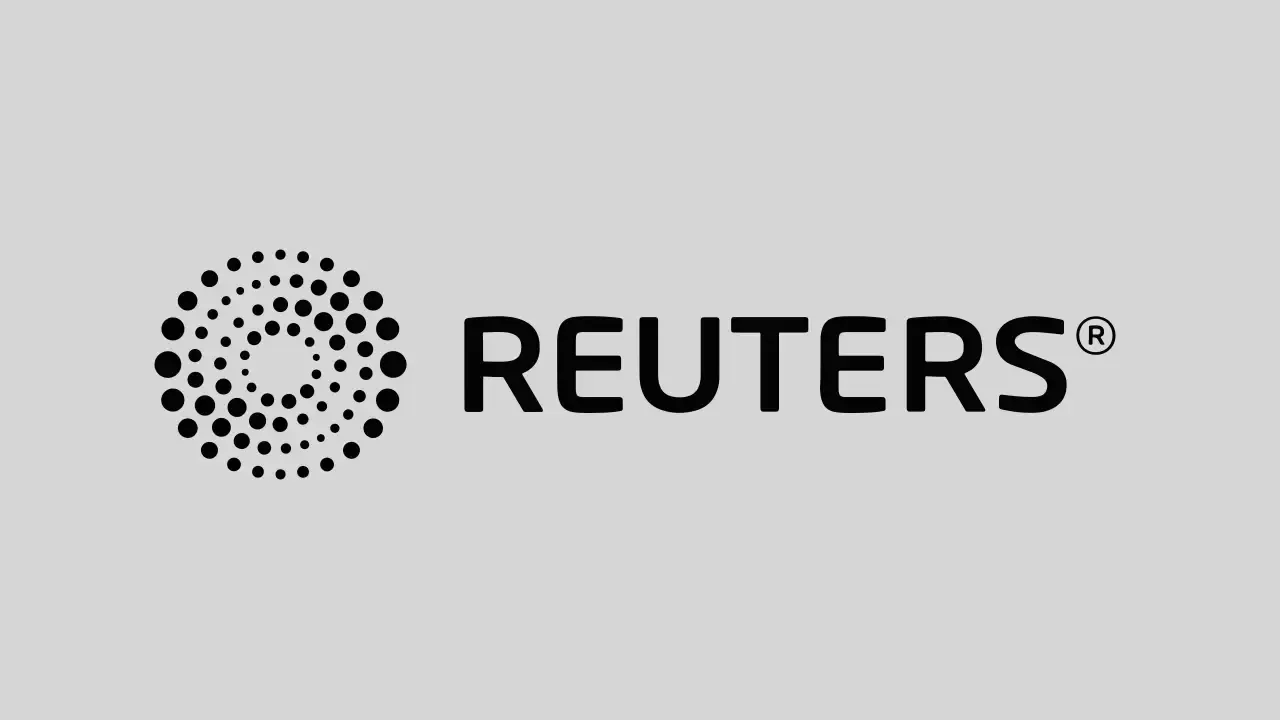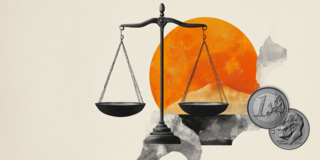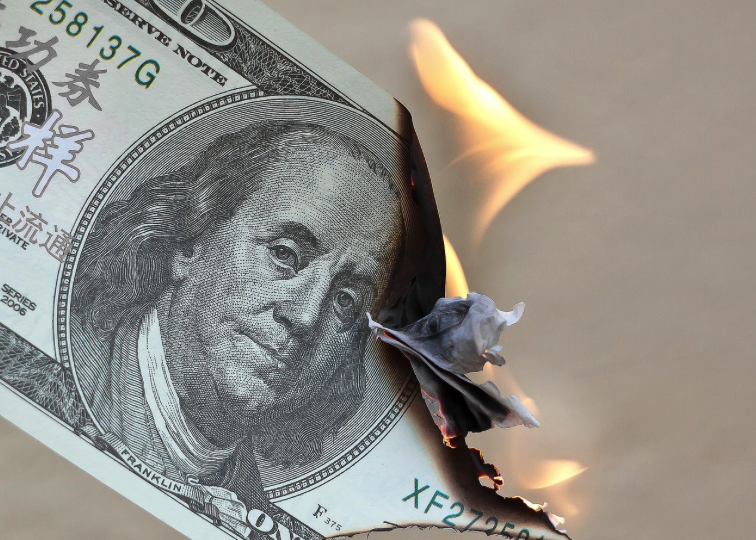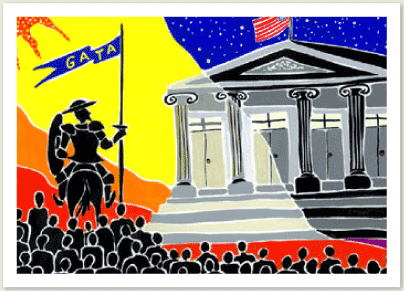Fed Holds Rates Steady as it Notes Rising Uncertainty and Stagflation Risk
The Federal Reserve held its key interest rate unchanged in a range between 4.25%-4.5%, where it has been since December.
by Jeff Cox
MSN

In a move that carried little suspense given the wave of uncertainty sweeping the political and economic landscape, the Federal Open Market Committee held its benchmark overnight borrowing rate in a range between 4.25%-4.5%, where it has been since December.
The post-meeting statement noted the volatility and how that is factoring into policy decisions.
“Uncertainty about the economic outlook has increased further,” the statement said. “The Committee is attentive to the risks to both sides of its dual mandate and judges that the risks of higher unemployment and higher inflation have risen.”
Trump Castigates Fed’s Powell for Not Cutting Rates, Downplays Inflation Risk
by Reuters
Kitco
 WASHINGTON, May 8 (Reuters) – U.S. President Donald Trump renewed his criticism on Thursday of Federal Reserve Chair Jerome Powell, calling him a “fool” and complaining that the Fed is refusing to lower interest rates.
WASHINGTON, May 8 (Reuters) – U.S. President Donald Trump renewed his criticism on Thursday of Federal Reserve Chair Jerome Powell, calling him a “fool” and complaining that the Fed is refusing to lower interest rates.
Trump has been on a virtual war path against Powell in recent weeks, threatening to fire him — and then backing away from that threat. He has repeatedly lashed out at Powell in posts on his social media site, calling him “a major loser” in one post.
Trump, speaking one day after the Fed, as financial markets had widely expected, kept its key borrowing rate unchanged, said cutting interest rates would be “like jet fuel” for the economy, “but he doesn’t want to do it.” He said Powell is “not in love with me.”
Did the Fed Begin Stealth QE? If So, That Has Huge Implications.
Has the Fed begun a program of stealth QE? Also, we discuss peak oil, CBDC opposition, economic inequality, and the need for a nuclear energy renaissance. Tune in!
by Dr. Chris Martenson
Chris Martenson’s Peak Prosperity
 In today’s Finance University episode, I once again had a great discussion with Paul Kiker from Kiker Wealth Management.
In today’s Finance University episode, I once again had a great discussion with Paul Kiker from Kiker Wealth Management.
First, we discussed the Federal Reserve’s recent decision to do nothing. No rate cuts for you! Despite the lack of movement in this week’s Fed meeting, there’s evidence suggesting that quantitative easing (QE) might have quietly been restarted. On May 5th and 6th, the Fed purchased some $35 billion of US Treasury bonds. If such an enormous burst of purchasing wasn’t QE, then what exactly was it? I speculate that it was a stealth move to inject liquidity into the system. This is particularly interesting given the backdrop of a market that’s been under a lot of stress, with bond yields fluctuating and a notable failed bond auction in Germany.
We also touched on the topic of Peak Oil, which is no longer just a fringe theory but is now being discussed in mainstream financial news like Bloomberg. The CEO of Diamondback Energy has stated that U.S. shale oil production has likely peaked, which signals a truly massive moment in global energy history. Too few are paying any real attention to this story, but our specialty is getting you to the action early and often.
Rich Dad Poor Dad Author Predicts Largest-Ever Market Crash, Says Bitcoin and Gold Will Protect Against Inflation
by Daily Hodl Staff
The Daily HODL
 Best-selling author Robert Kiyosaki is predicting a historic market crash that will trigger a massive amount of money printing and send values of gold, silver and Bitcoin (BTC) soaring.
Best-selling author Robert Kiyosaki is predicting a historic market crash that will trigger a massive amount of money printing and send values of gold, silver and Bitcoin (BTC) soaring.
In a new post on the social media platform X, the Rich Dad Poor Dad author says the US may be on the verge of an economic collapse.
“I hope I am wrong, but as I forecasted, the biggest market crashes in stocks, bonds and real estate are about to happen in the very, very near future.”
Kiyosaki believes that the economic collapse will force the US Federal Reserve and Treasury to increase global market liquidity (M2), debasing the US dollar.
The Fed Leaves Fed Funds Rate at 4.5% as Economic Storm Clouds Gather
by Ryan McMaken
Mises.org

On Wednesday, the Federal reserve’s Federal Open Market Committee left the target federal funds rate unchanged at 4.25-4.5 percent. The FOMC statement on the current policy, released on Wednesday, reads (my emphases in bold):
Although swings in net exports have affected the data, recent indicators suggest that economic activity has continued to expand at a solid pace. The unemployment rate has stabilized at a low level in recent months, and labor market conditions remain solid. Inflation remains somewhat elevated.
The Committee seeks to achieve maximum employment and inflation at the rate of 2 percent over the longer run. Uncertainty about the economic outlook has increased further. The Committee is attentive to the risks to both sides of its dual mandate and judges that the risks of higher unemployment and higher inflation have risen.
FOMC Hold Rates Steady, with Powell Warning of Stagflation Fears
DAX leads the way amid strong factory orders release.
by Joshua Mahony
FX Street
 The DAX leads in early European trade today, with the German bourse less than 1% away from hitting a fresh intraday record high. This comes off the back of yet another batch of upbeat data out of the German economy, with industrial production posting the strongest monthly gain since October 2021 (3%). Coming off the back of yesterday’s impressive 3.6% factory orders release, there is clearly a case for an uplift in economic activity within Europe’s largest economy. Interestingly, the breakdown in trade between the US and China could yet provide the basis for greater cooperation between the EU and the Asian powerhouse as highlighted by the UK-India trade agreement. Nations are clearly prioritising trade agreements in a bid to make up for the prospective loss of demand from the US, and this could come to the benefit of European output. Meanwhile, concerns around increased tariffs on German autos have been somewhat counteracted by the fact that Chinese cars will become significantly more expensive given the wider tariffs in place, making the likes of VW, Porsche, and Mercedes relatively more attractive compared to their Chinese rivals.
The DAX leads in early European trade today, with the German bourse less than 1% away from hitting a fresh intraday record high. This comes off the back of yet another batch of upbeat data out of the German economy, with industrial production posting the strongest monthly gain since October 2021 (3%). Coming off the back of yesterday’s impressive 3.6% factory orders release, there is clearly a case for an uplift in economic activity within Europe’s largest economy. Interestingly, the breakdown in trade between the US and China could yet provide the basis for greater cooperation between the EU and the Asian powerhouse as highlighted by the UK-India trade agreement. Nations are clearly prioritising trade agreements in a bid to make up for the prospective loss of demand from the US, and this could come to the benefit of European output. Meanwhile, concerns around increased tariffs on German autos have been somewhat counteracted by the fact that Chinese cars will become significantly more expensive given the wider tariffs in place, making the likes of VW, Porsche, and Mercedes relatively more attractive compared to their Chinese rivals.
Inflation: Looking Beyond Aggregates
by Joe Chavez
Mises.org
 The conventional definition of inflation—as a sustained rise in the general price level, tracked through metrics like the Consumer Price Index—dominates economic discourse, reducing human behavior to statistical trends. Neoclassical and Keynesian models emphasize macroeconomic factors—money supply growth, demand shocks, or cost pressures—while largely ignoring the purposeful actions of individuals. Even Austrian economists, despite their praxeological commitment to human action, as articulated by Mises, often remain tethered to market-based terms like “price inflation” or “monetary expansion” when critiquing mainstream views. This focus—perhaps a byproduct of engaging with neoclassical arguments—risks diluting the insight that economic phenomena stem from intentional human choices.
The conventional definition of inflation—as a sustained rise in the general price level, tracked through metrics like the Consumer Price Index—dominates economic discourse, reducing human behavior to statistical trends. Neoclassical and Keynesian models emphasize macroeconomic factors—money supply growth, demand shocks, or cost pressures—while largely ignoring the purposeful actions of individuals. Even Austrian economists, despite their praxeological commitment to human action, as articulated by Mises, often remain tethered to market-based terms like “price inflation” or “monetary expansion” when critiquing mainstream views. This focus—perhaps a byproduct of engaging with neoclassical arguments—risks diluting the insight that economic phenomena stem from intentional human choices.
Ludwig von Mises’s Human Action (1949) establishes economics as the study of purposeful behavior—individuals acting to achieve their subjective ends. Unlike aggregate models that prioritize statistical outcomes, like price indices, praxeology centers on the intentions behind choices. To reframe inflation, we must begin with this principle: what we call “inflation” is not merely a market phenomenon, but a manifestation of deliberate human actions, particularly those that alter the conditions under which individuals trade. This shift moves us away from impersonal metrics and toward the motivations driving economic interactions.
The Trade War Price Hikes Are Starting to Hit, and They Certainly Aren’t Small
by Michael Snyder
End of the American Dream
 When prices go up, our standard of living goes down. That is the way that it works. I have been writing quite a few articles about the shortages that the global trade war is going to cause in the months ahead. Without a doubt, they will be extremely painful. But there will also be very large price hikes in many cases, and some of those price hikes are already starting to hit. For example, Ford has just announced that the prices of some of their vehicles will be raised by as much as two thousand dollars…
When prices go up, our standard of living goes down. That is the way that it works. I have been writing quite a few articles about the shortages that the global trade war is going to cause in the months ahead. Without a doubt, they will be extremely painful. But there will also be very large price hikes in many cases, and some of those price hikes are already starting to hit. For example, Ford has just announced that the prices of some of their vehicles will be raised by as much as two thousand dollars…
Ford Motor Co. is increasing prices on its Mexico-built vehicles by as much as $2,000, becoming one of the first automakers to announce a price hike because of tariffs.
Changes on dealer invoices became effective May 2 on the Maverick small pickup, Bronco Sport SUV and Mustang Mach-E all-electric crossover, according to the memo obtained by The Detroit News. That means affected vehicle will arrive on dealership lots in late June, the company confirmed. The Dearborn automaker attributed the hike to usual midyear pricing action as well as tariffs.
For most of us, the fact that Ford is raising new vehicle prices dramatically isn’t going to really affect us much, because we can’t afford to purchase a new vehicle anyway.
Fully in Wait-and-See Mode, Fed Keeps Rates at 4.25%-4.50%, Frets About Higher Uncertainty, Higher Inflation, and Higher Unemployment
by Wolf Richter
Wolf Street
 QT Continues at the slower pace announced in March.
QT Continues at the slower pace announced in March.
The FOMC voted unanimously today to keep the Fed’s policy rates unchanged for the third meeting in a row, after cutting its policy rates by 100 basis points in 2024. Rate cuts remained in the fog of the future, as the Fed’s policy focus has shifted to both, inflation that has become persistent and that the Fed worries could accelerate, and the labor market that has remained solid but could weaken.
It kept its five policy rates at:
Taiwan Currency’s Surge is a ‘Warning Shot’ for Asia’s De-Dollarization, Analysts Say
by Xiaofei Xu and Ralph Jennings
GATA.org
 The New Taiwan dollar’s recent surge, along with the appreciation of other Asian currencies, suggests a deepening of regional de-dollarization as investors rethink their investments in the U.S. currency amid Washington’s “extremely predatory” behavior toward foreign countries, analysts said.
The New Taiwan dollar’s recent surge, along with the appreciation of other Asian currencies, suggests a deepening of regional de-dollarization as investors rethink their investments in the U.S. currency amid Washington’s “extremely predatory” behavior toward foreign countries, analysts said.
Economies like Taiwan’s, with a historically high exposure to assets denominated in U.S. dollars, have taken a foreign exchange-led hit after the American currency weakened in recent weeks, wrote Francesco Pesole, foreign exchange strategist at Dutch bank ING, in a note on Tuesday.
“Local players are now seeking greater U.S. dollar hedging, as well as starting to diversify away from U.S. investments,” he added.
